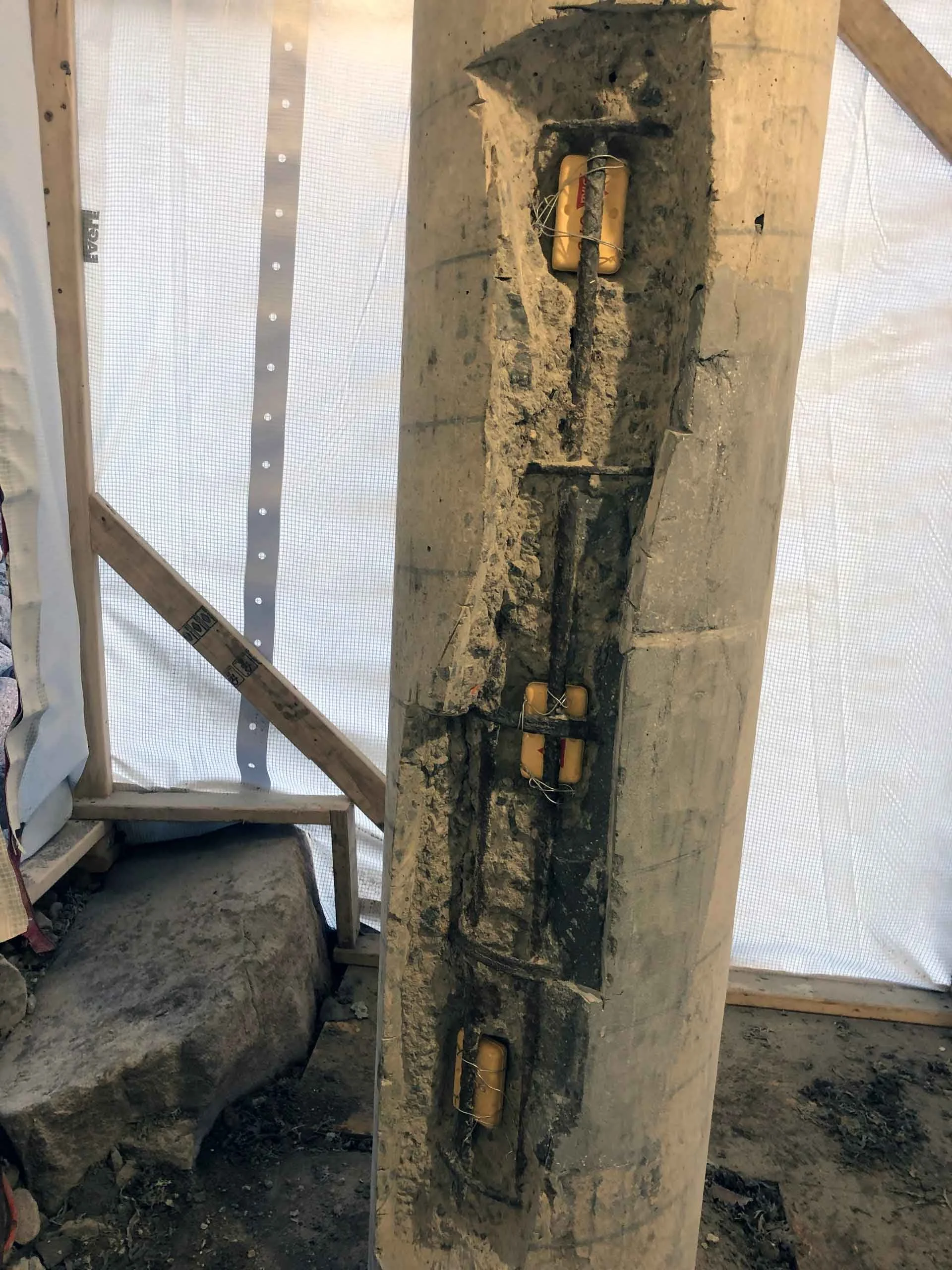Proactive Solutions for Long-term Infrastructure Protection
In today’s fast-paced industrial world, maintaining the integrity of aging infrastructure is more important than ever. Facilities across sectors such as manufacturing, oil and gas, and utilities rely on robust structures to ensure safety, operational efficiency, and regulatory compliance. Over time, these structures face wear and tear from environmental exposure, heavy loads, and chemical processes, all of which can weaken their integrity. Structural strengthening plays a vital role in safeguarding these assets, preventing costly failures, and extending service life.
Why Structural Strengthening Matters
Industrial infrastructure, including bridges, pipelines, tanks, and support structures, faces continuous stress. Corrosion, fatigue, and environmental degradation weaken these systems, posing safety risks and operational challenges. Without timely intervention, these issues can escalate, resulting in unplanned shutdowns, regulatory fines, or worse, catastrophic failures.
Structural strengthening involves reinforcing or rehabilitating existing structures to restore or enhance their performance. This proactive approach ensures that critical assets remain safe, reliable, and operational for years to come.
Key Benefits of Structural Strengthening
Enhanced Asset Protection: Strengthening solutions like carbon fiber reinforced polymer (CFRP) and advanced composite wraps protect infrastructure from further deterioration, improving resistance to corrosion, chemical exposure, and environmental factors.
Extended Service Life: By addressing weaknesses before they escalate, structural strengthening extends the operational life of key assets, delaying or eliminating the need for costly replacements.
Cost-Effective Maintenance: Compared to complete replacements, strengthening solutions are less invasive and more affordable, reducing both downtime and labor costs.
Improved Safety and Compliance: Ensuring structural integrity minimizes the risk of failures, keeping facilities in line with safety regulations and industry standards.
Minimal Disruption to Operations: Many strengthening methods, such as CFRP applications, can be performed while the facility remains in service, limiting operational interruptions.
Advanced Techniques in Structural Strengthening
One of the most effective methods for reinforcing industrial infrastructure today is the use of carbon fiber reinforced polymer (CFRP) systems. CFRP is lightweight yet incredibly strong, making it ideal for strengthening beams, columns, tanks, and piping. It provides excellent resistance to corrosion, fatigue, and environmental exposure, ensuring long-term performance.
In addition to CFRP, other techniques include carbon laminate bonding, fiber-reinforced concrete overlays, and external post-tensioning systems. The choice of method depends on the specific needs of the structure and the operational environment.
Safeguarding the Future of Industrial Infrastructure
Investing in structural strengthening is not just about fixing what is broken. It is about proactively protecting vital infrastructure assets, enhancing performance, and ensuring uninterrupted operations. As industries evolve and demands on infrastructure grow, strengthening solutions provide a reliable pathway to maintain safety, efficiency, and profitability.


